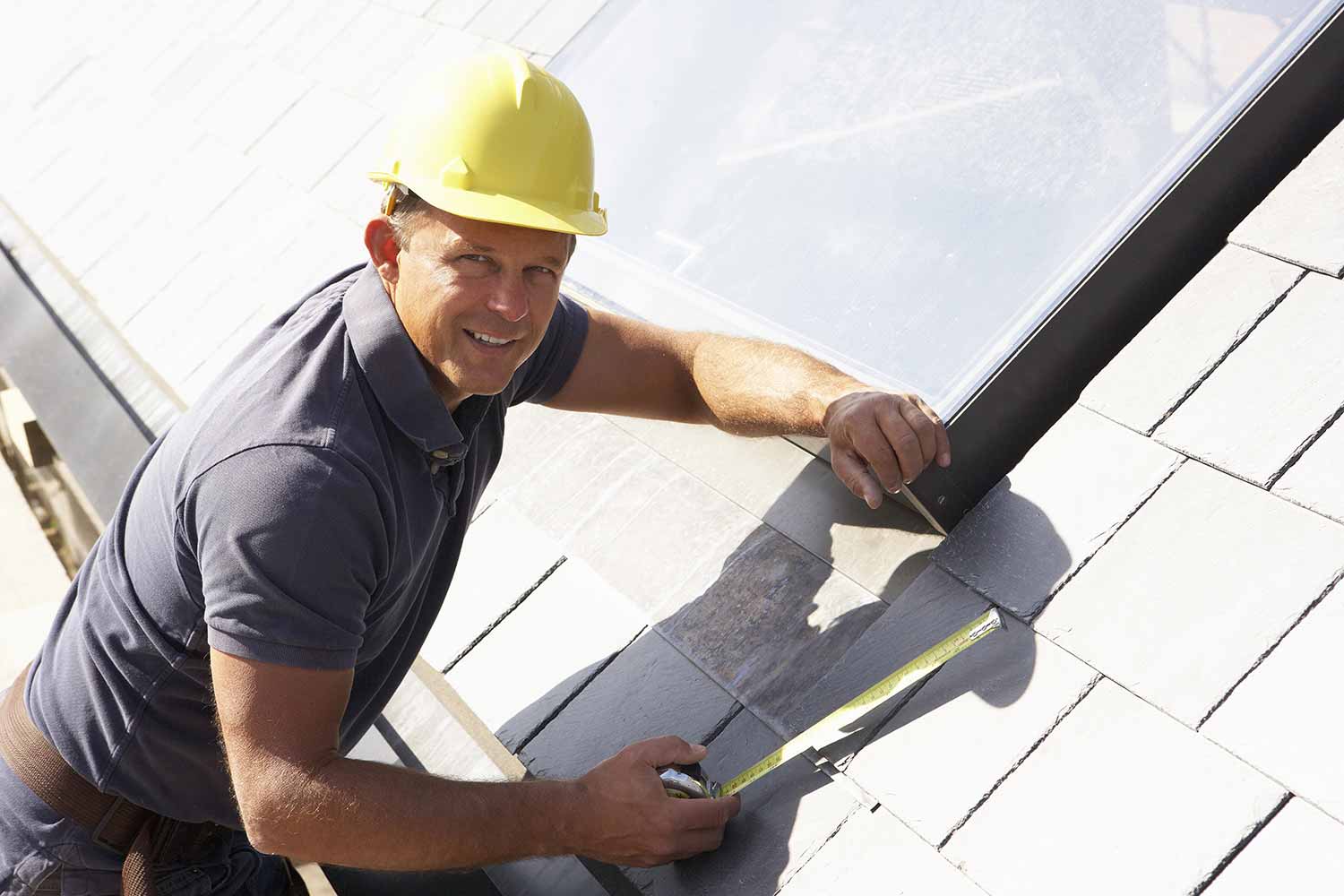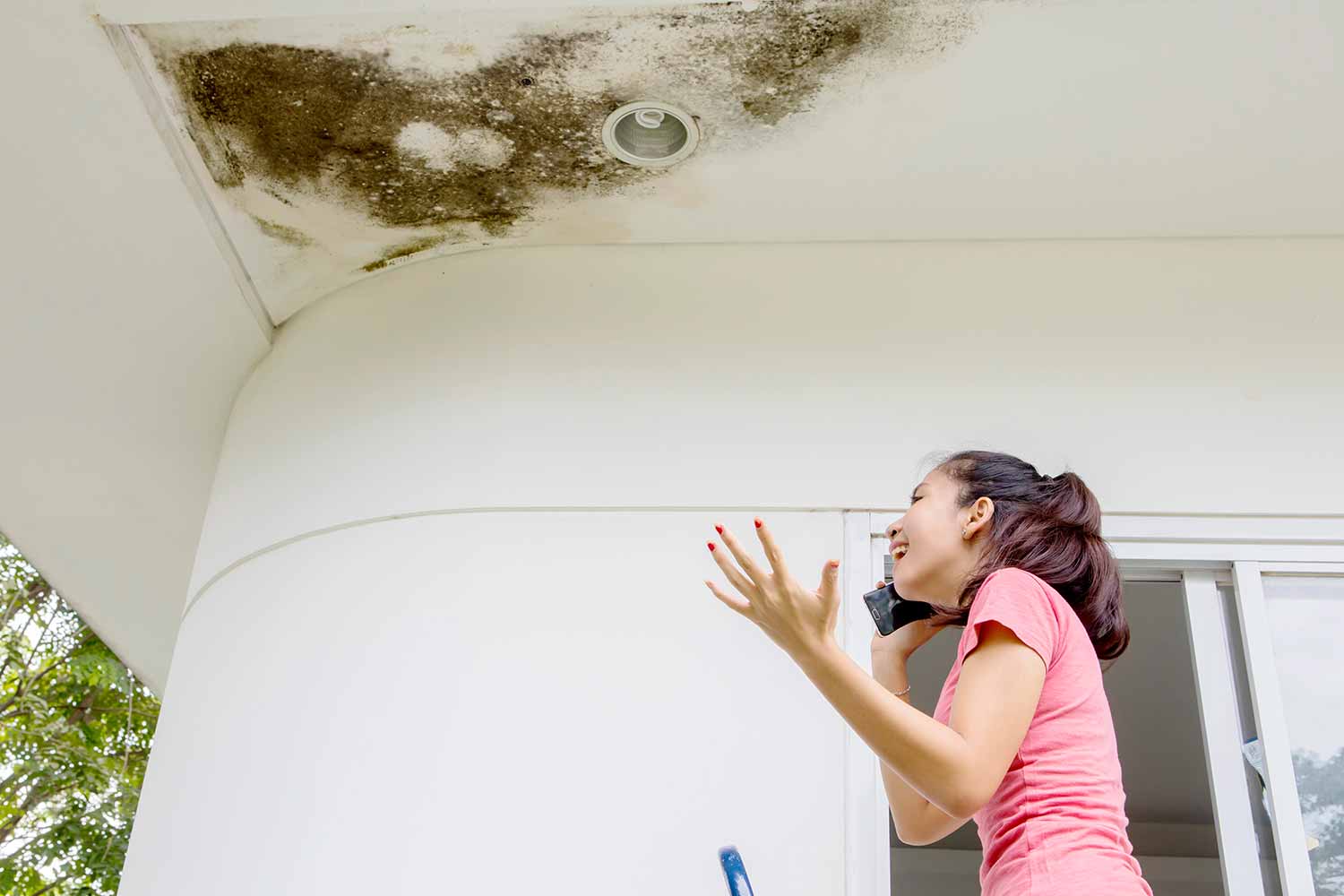Choosing a roofing contractor is not something most homeowners do often. For many people, it…
Sources of Attic Rain
Calgary has seen some severe Attic rain episodes this Winter. IDEAL has been called to dozens of homes that are experiencing water damage in their Attics, ceiling Drywall and in extreme cases water “raining” into their living spaces. We’ve talked before about the causes: penetrations that allow moisture in the Attic, insufficient insulation causing heat loss & ventilation problems. What we’ve seen the most this winter is Bath fan & Dryer vent exhaust pipes that are not fully 100% exhausting hot moist air out of the roof vent.
Why is this happening? Well the standard exhaust vent for bath & clothes dryers is called a Gooseneck. It is curved in shape & contains either a flapper or grate (or both) to manage air flow & accessory ingress. But what this standard aluminum vent does not have is a dedicated internal pipe or collar for said bath fan or dryer vent hose/pipe to clamp onto. Instead the standard method in both new construction and renovations is to push the hose/pipe up to the interior opening in the Gooseneck vent and use a piece of chloroplast cardboard or sheet metal to hold in place. In effect the exhaust hose/pipe is adjacent to the opening of the Gooseneck vent, not actually connected.
The issue that many Calgarians have experienced is the hot, moist air that these exhaust pipes expell is spilling out of this connection and coating the underside of the plywood roof deck with moisture. During prolonged periods of cold weather this moisture causes frost to build that over days and weeks can become quite thick and prevalent. Once this cycle begins the connection of hose & roof vent begins to build with ice and subsequently opens up further allowing even more moisture to spill into the Attic. Lastly our classic Calgary chinooks blow in and quickly warms our climate causing the thick frost to melt quickly. The ensuing melting, or Attic rain, quickly overwhelms the attic insulation, ceiling vapor barrier, drywall and eventually comes raining down into your living spaces.
The solution that IDEAL advocates for is to replace the standard rooftop Gooseneck vent with one that has a dedicated interior collar. We’ve talked before about the Primex vent which is an excellent product for this application. When we replace & install the Primex we can ensure a proper connection between the hose and gooseneck and hence provide greater assurance that moisture will be vented outside as designed in reduce the chances that it will be trapped in your Attic space.

Note: you can see in this photo that there is a space between the metal flange used to hold the bath fan hose up against the bottom opening of the Gooseneck roof vent. If ice begins to form in this gap it will quickly grow over times of prolonged cold and push the gap even wider. Eventually a large portion of the bathroom or dryer warm/moist air that the homeowner is attempting to vent will instead be spilling into the attic and causing frost to grow on the plywood roof deck. When this frost melts Attic rain & damage ensues.



